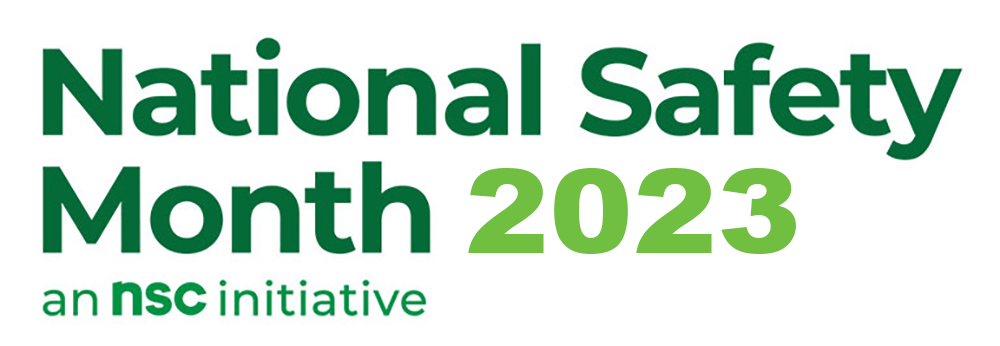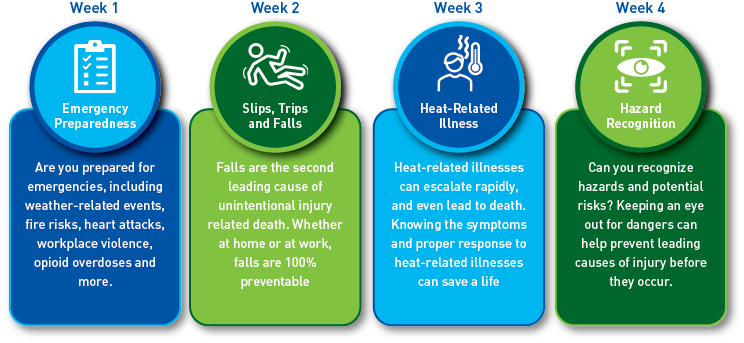
During the month of June, the U.S. recognizes National Safety Month by calling attention to workplace safety. In addition to our emphasis on safety topics specific to Mauser Packaging Solutions, we join with other companies across the U.S. by focusing on weekly topics provided by the National Safety Council.
National Safety Month – Week Four - Hazard Recognition
In practical terms, a hazard is often associated with a condition, agent or activity that, if left uncontrolled, can result in injury, illness or damage to property, including the environment. The terms "hazard" and "risk" are often used interchangeably but they are two very distinct terms. Risk is defined as the probability that exposure to a particular hazard will lead to a negative consequence.
Often times, we become so used to doing a task a certain way, that we no longer realize there might be a safer way. Stay aware of potential hazards while you are performing tasks and always be on the lookout for ways to do the job better and safer. Ask yourself theses three questions for any task:
- What am I about to do?
- How can it hurt me or someone else?
- What should I do to prevent myself or someone else getting hurt?
At the core of every effective safety and health program is a systematic process for identifying and correcting workplace hazards. Traditional approaches to finding and fixing workplace hazards are often reactive. Actions are taken only after a worker is injured or becomes sick, a new standard or regulation is published, or an external inspection finds a problem that must be fixed. Finding and fixing hazards using a proactive approach, before they cause injury or illness, is far more effective.
One of the best methods for identifying and recognizing hazards is to conduct a Job Hazard Analysis (or JHA); also referred to as a Job Safety Analysis (or JSA). A JHA or JSA is a technique that focuses on job tasks as a way to identify hazards and then establish controls to eliminate or reduce risk. A JSA is a simple but systematic process to identify hazards:
- Begin the JHA for a specific job by breaking it down into the basic steps or tasks.
- Identify and list the hazards associated with each step or task.
- Develop a plan for controlling each hazard associated with each task.
- Document the agreed upon control measures on the JHA form for future reference and as a training or audit tool.
- Regularly review and update the JSA to account for new or previously missed hazards.
Hazard identification, recognition and control is essential to making sure we all go home safe! By actively and continuously looking for the hazards around us, we can recognize those things or situations that could cause injury or damage and take measures to prevent that from happening. Like anything else, practicing will improve your skills in recognizing hazards!


